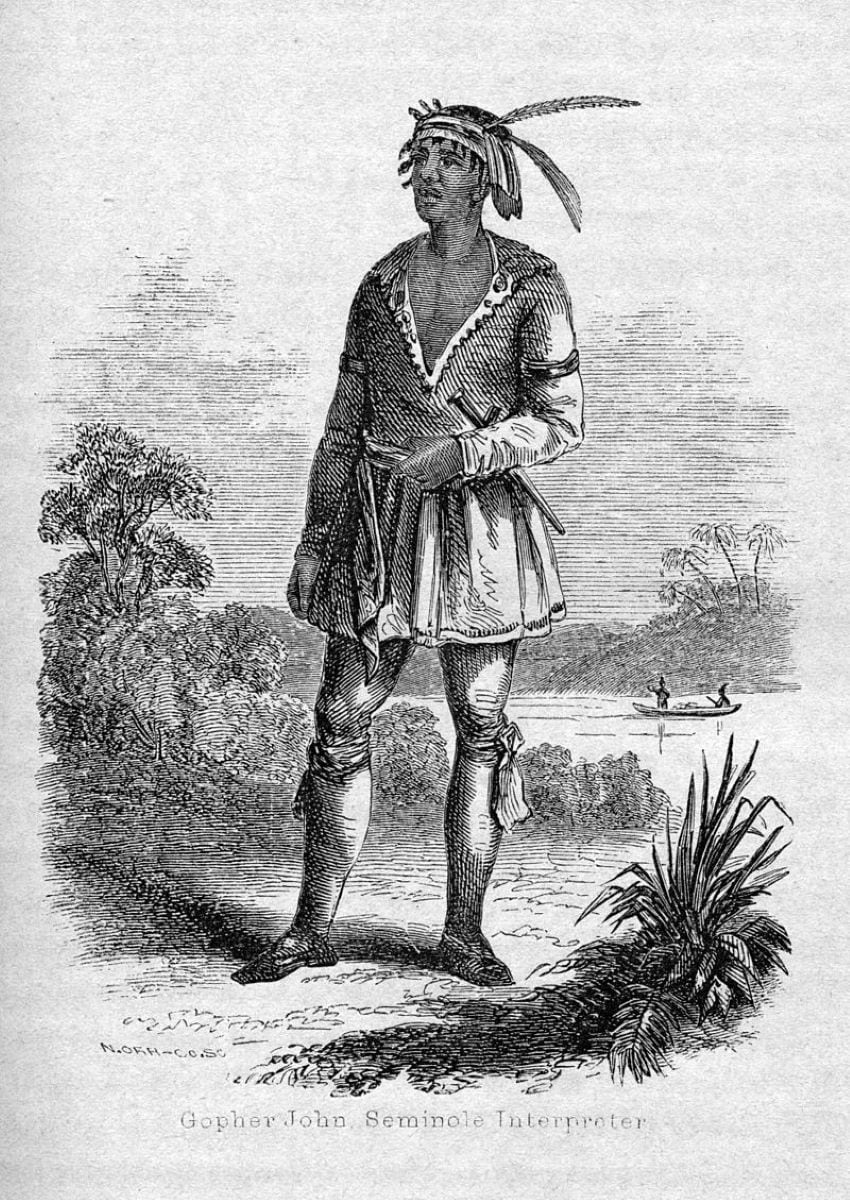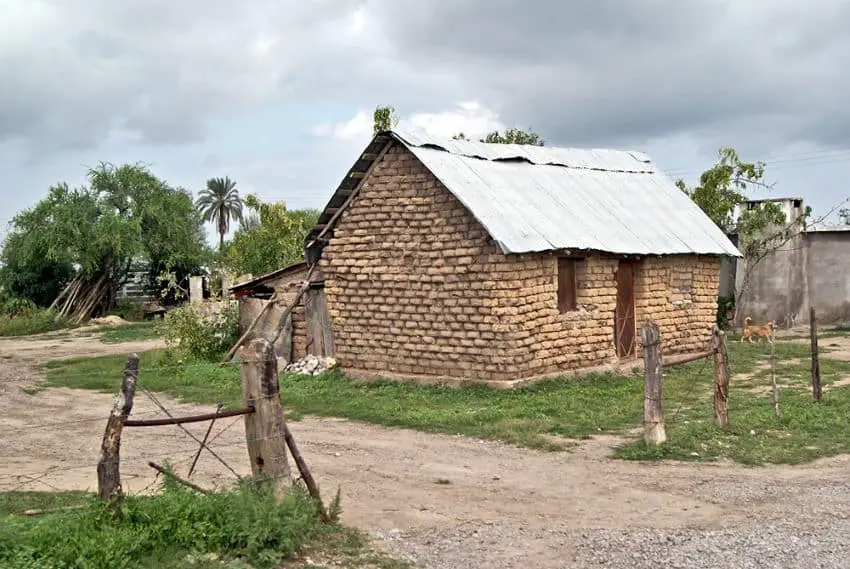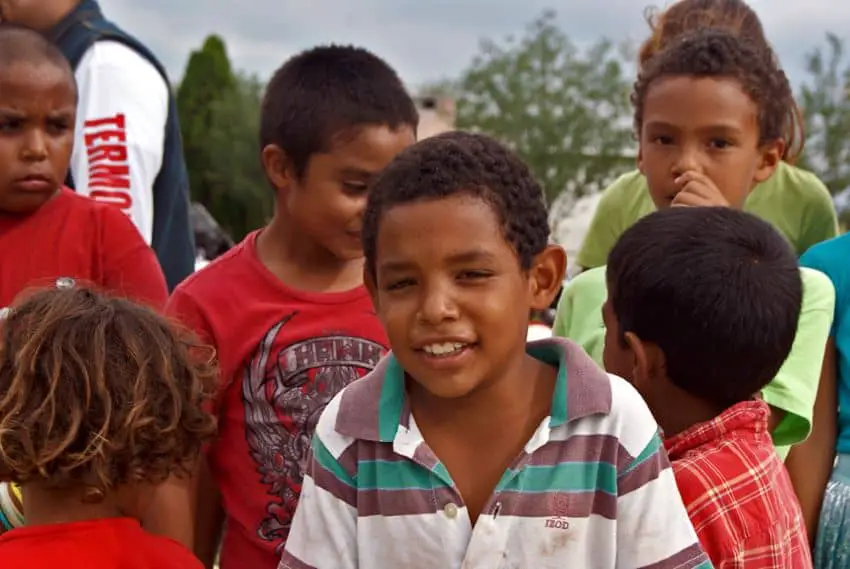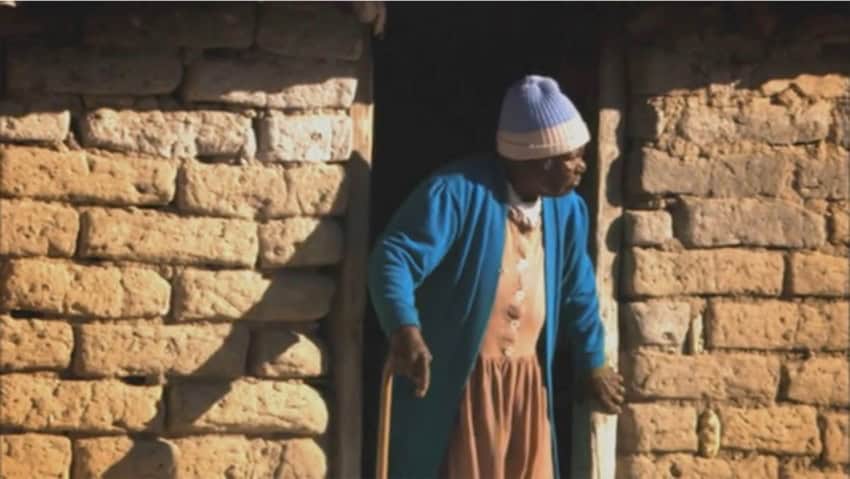In the arid landscapes of northern Mexico lies a community with a remarkable history. The Mascogos are descendants of warriors who fled slavery in the United States and found sanctuary in Mexico.
The story of the Mascogos begins in what is now the United States, when many enslaved Africans fled to Spanish Florida to escape slavery and live among the Seminole people. This alliance, based on mutual support and shared struggles, gave rise to mixed marriages that eventually produced the Black Seminoles. This unique community combined African and Native American cultural features.
The Seminole Wars

The United States’ expansion and acquisition of Florida from Spain in 1821 brought renewed threats for the Black Seminoles. For years, the Black Seminoles and their allies fought valiantly against the U.S. government’s efforts to enslave them. They became known for their fierce resistance during the Seminole Wars between 1816 and 1858, the longest and most costly wars the United States ever fought against Native Americans.
The Indian Removal Act of 1830 demanded that the Seminoles and their Black allies move to Indian Territory in present-day Oklahoma. Faced with relentless military campaigns and the destruction of their villages and crops, many were forced to surrender, while others sought alternative means to survive. The answer to where they could find a safe haven lay just to the south.
The route to peace and freedom
Faced with relentless persecution and the threat of re-enslavement, the Black Seminoles sought refuge beyond U.S. borders. In 1849, they set out on a treacherous journey across the vast and hostile Texas landscape, guided by the hope of finding freedom in Mexico, a nation that had abolished slavery 20 years earlier.
They crossed all of Texas to reach what they called the “river of freedom”: the Rio Grande. After months of hardship and uncertainty, the Black Seminoles finally reached the Sabinas River near Múzquiz, Coahuila.
El Nacimiento de los Negros

When the Black Seminoles reached Coahuila, they made a deal with the Mexican government for land in exchange for their military assistance. Mexico welcomed their help in protecting its northern border from the Lipan Apache and Comanche. The Black Seminoles, with their experience in warfare, were seen as valuable allies in securing Mexico’s north. In 1850, they established the community of El Nacimiento de los Negros.
In Mexico, the Black Seminoles came to be called Mascogos. One theory as to why has to do with how the locals may have understood and pronounced “Muscogee,” the term the Black Seminoles used to refer to their Creole English. The Mexican locals adapted this term to “Mascogos,” which became the name by which they are known today.
El Nacimiento de los Negros remains a vibrant and enduring community. Home to around 60 families, this village is where the Mascogos continue to thrive. The residents maintain their rich cultural heritage, celebrating traditions and customs passed down through generations. Despite the challenges they face, the Mascogos’ strong sense of community and cultural pride keeps El Nacimiento de los Negros a lively and significant place in Mexico’s diverse cultural landscape.
Keeping their culture alive
Every year, El Nacimiento de los Negros celebrates Juneteenth, also known as Freedom Day, which commemorates the proclamation of slavery’s abolition in Galveston, Texas in June 1865. The entire community comes together to organize and participate in the festivities. They are often joined by relatives and friends from the Black Seminole community in Brackettville, Texas. For the Mascogos, Juneteenth is a vibrant expression of their enduring community spirit.
Challenges and recognition

Despite their long-standing presence and contributions in Mexico, the Mascogos often face social and economic challenges. Their struggle for recognition and equal opportunities continues. Their appearance and unique cultural identity sometimes sets them apart in a society still learning to fully embrace its diverse heritage.
On August 9, 2019, the federal government’s official gazette published a reform to Article 2 of the Constitution which recognizes Afro-Mexican communities as part of Mexico’s pluricultural composition and grants them the same rights as Indigenous communities. This recognition was a significant milestone.
Recognition notwithstanding, economic opportunities are limited, and many community members struggle with poverty and lack of access to essential services. Efforts to preserve their cultural heritage are ongoing, with initiatives to teach the younger generation about their history, language and traditions.
Gertrudis Blues

The Mascogos are beautifully depicted in the documentary “Gertrudis Blues” by Patricia Carrillo. The film evocatively portrays ‘Mamá Getchu,’ an elderly woman known for her strength, clarity, and kindness. Through her story, the documentary captures the memories and traditions of El Nacimiento de los Negros. “Gertrudis Blues” has garnered 15 national and international awards, including a pre-nomination for an Oscar. The film highlights the imminent loss of Mascogo songs, with only a few women still remembering the lyrics and melodies passed down through generations.
The paradox of migration
The Mascogos’ journey to freedom in Mexico is a powerful narrative of hope. However, this story also highlights a striking paradox. While the Mascogos traveled south to escape slavery and find freedom in Mexico, today, thousands of people are making the reverse journey, crossing the Rio Grande in pursuit of opportunities and a better life in the United States.
This twist underscores the shifting dynamics of migration and the enduring quest for freedom and prosperity. The same river that once symbolized liberation for the Mascogos now represents a daunting barrier for many seeking to escape poverty, violence and instability in their home countries.
The Mascogos’ journey from slavery to freedom in Mexico is a significant chapter in the broader history of human rights and cultural diversity that embodies the complex nature of migration and the universal desire for a better life. The story of the Mascogos is a living example of the resilience and determination that continue to inspire us.
Sandra Gancz Kahan is a Mexican writer and translator based in San Miguel de Allende who specializes in mental health and humanitarian aid. She believes in the power of language to foster compassion and understanding across cultures. She can be reached at: sandragancz@gmail.com
